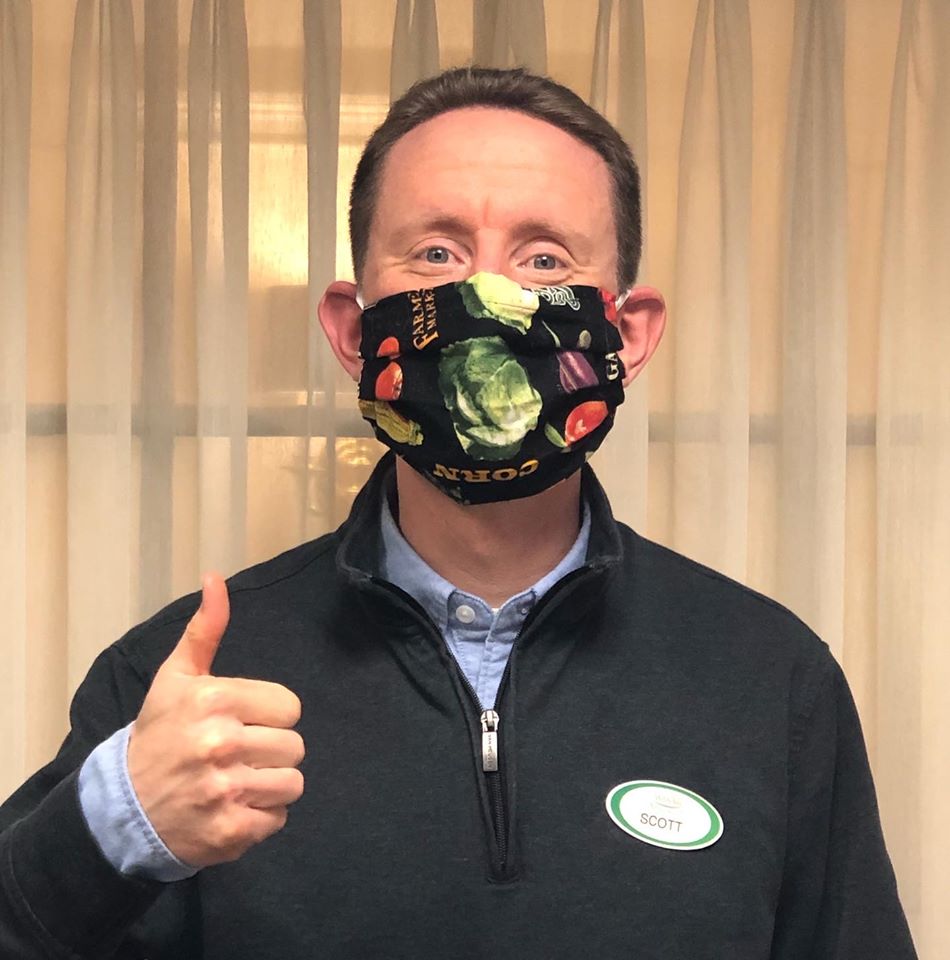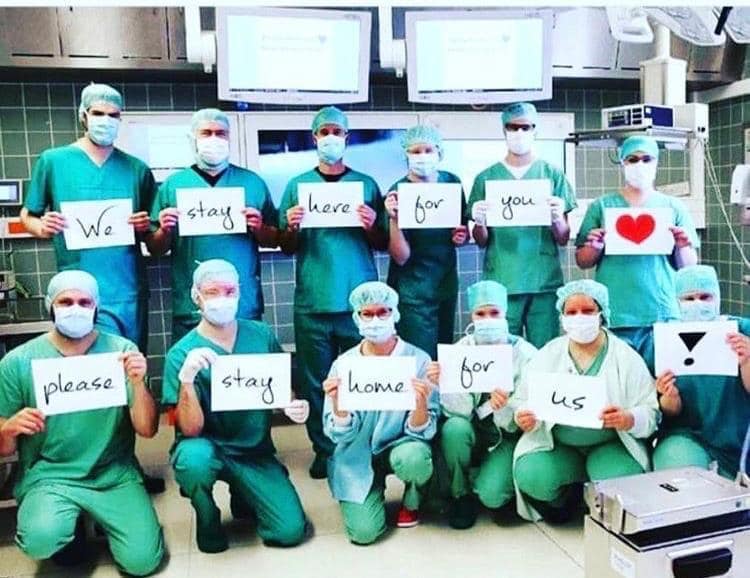
Passages in bold in the body of the texts below are usually my emphasis, though not always. This is an ongoing project, and I update the site frequently during the day. Because I try to stay focused on what has actually happened, I usually let the news ‘settle’ for a day or so before posting. I hope readers will peruse the articles in full for a better understanding of the issues and their context; our democracy and our future depend on citizens who can distinguish between facts and falsehoods and who are engaged in the political process.
For independent global news, visit Democracy Now!
Friday, 1 May 2020, Day 1,197:
Some Global Coronavirus Updates for Friday, 1 May 2020: Companies Sell the Blood of Recovered Coronavirus Patients for exorbitant Prices, The New York Times, Friday, 1 May 2020:
- Recovered Covid patients give blood samples to help others. Biotech companies sell them for enormous prices.
- Latest in Science: The F.D.A. authorized emergency use of an antiviral drug.
- Our New Delhi correspondent shows us a city frozen in fear.
- The Trump administration takes harder actions on China.
- The W.H.O. extends its declaration of a global public health emergency as deaths approach 240,000.
- Who should wear masks on planes? More airlines around the world are saying everyone.
- Takuo Aoyagi, who invented a vital medical tool in the fight against the coronavirus, dies at 84.
Many other significant developments are included in this article.
Some U.S. Coronavirus Updates for Friday, 1 May 2020: As More States Reopen, Protesters Chafe at Restrictions, The New York Times, Friday, 1 May 2020:
- As some states reopen, tensions rise over virus response.
- The F.D.A. authorizes emergency use of a new virus treatment.
- The White House blocks Fauci from appearing before Congress.
- New Jersey is now reporting more virus deaths than New York.
- Illinois, Michigan, California and Louisiana see resistance to stay-at-home orders.
- Congress does not have enough tests for returning senators.
- A nuclear power plant in Georgia confirmed an outbreak.
Many other significant developments are included in this article.
Some New York Region Coronavirus Updates for Friday, 1 May 2020: New York Closes Schools Through End of Academic Year, The New York Times, Friday, 1 May 2020:
- Schools across N.Y. State will stay closed through the end of the school year, Cuomo says.
- New Jersey is now reporting more virus deaths per day than New York.
- Macy’s unveils plans to reopen stores with masks, hand sanitizer and plexiglass barriers.
- It’s May 1, rent is due, and the #CancelRent movement is growing.
- A Brooklyn cemetery that offered fresh air said visitors were not respecting grave sites.
Many other significant developments are included in this article.
Continue reading Week 172, Friday, 1 May – Thursday, 7 May 2020 (Days 1,197-1,203)










